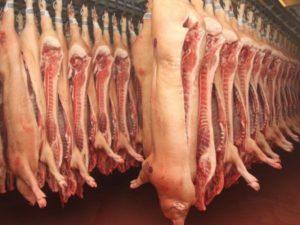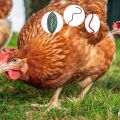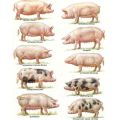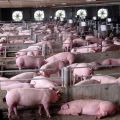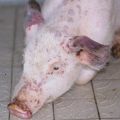Symptoms and treatment of worms in pigs at home with folk remedies and drugs
Quite often, the owners of personal subsidiary plots and farms are faced with the problem of worms in pigs. There are many types of parasitic worms, they can be transmitted from one animal to another and gradually affect all livestock. Human infection is possible, therefore, the health of pigs must be monitored carefully. The danger of helminthic invasion applies to both young pigs and adults.
Infection routes
In piglets, the options for infection and transmission of worms are the same as in pigs. Animal droppings, dirty water or dirt are ideal habitats for them. Usually parasites enter the body of animals in the form of eggs. In this form, they are not dangerous to the animal. Once the eggs are transferred to a favorable environment, worms develop rapidly.
The parasites pose the greatest danger to small piglets and sows. The former do not have strong immunity and can get severe damage to the gastrointestinal tract or even die. Sows receive preventive treatment one month before farrowing so that piglets do not become infected with worms through milk.
The appearance of helminths is due to a number of reasons:
- untimely and poor-quality cleaning of pigs;
- overcrowding of animals in the pigsty;
- poor quality feed;
- rare disinfection of feeders;
- lack of prevention of the appearance of worms.

Types and signs of infection with worms
Helminths or worms parasitize and multiply inside the body of animals. A large number of their species are known, the distribution of which depends on the area of life of the parasites.
In order to fix the infection of pigs, it is necessary to pay attention to a number of signs:
- animals lose interest in food or, conversely, cannot get enough food;
- there is a sharp weight loss;
- there is a constant cough, nausea;
- high body temperature;
- lethargic behavior or, conversely, excessive activity and anxiety of piglets;
- the presence of worms in the droppings.
Symptoms can vary depending on the type of helminth. Even if you have one of the above signs, you should contact your veterinarian and get tested.
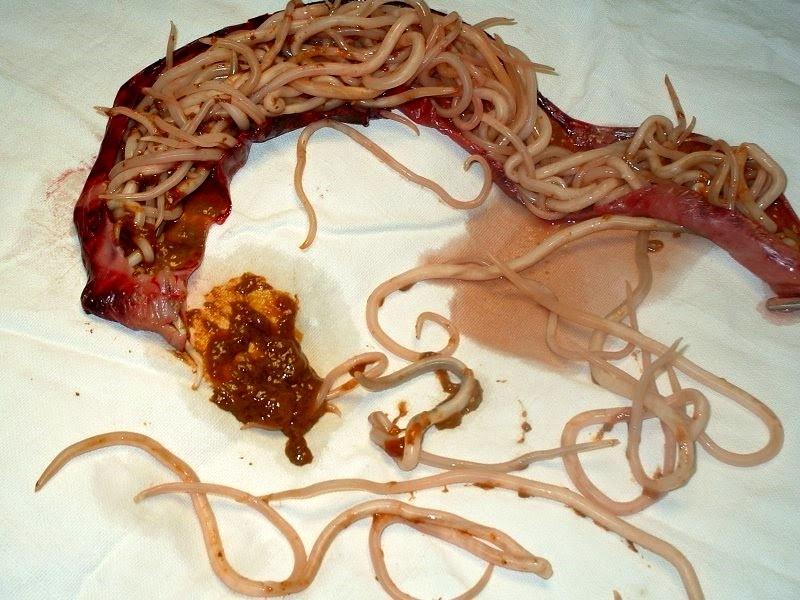
Nematodes
Roundworms. Their length is from 1 mm to 1 m. Females of parasites enter the body of animals through contaminated soil or feces of sick pigs. Capable of laying thousands of eggs. Small pigs are most susceptible to worm infestation. The main symptoms include their dramatic weight loss, bloody diarrhea, uncontrolled vomiting, and severe weakness. For treatment, special injections and feed additives are used.
Ascariasis
The disease is caused by roundworms, large roundworms up to 35 cm long. More often they affect young animals aged from several weeks to six months. Walking around the pens, the piglets pick up food contaminated with Ascaris eggs from the ground. They develop into adult worms in the stomach. Infection with worms is accompanied by diarrhea, vomiting, lethargy, and a decrease in piglet weight. Often, infected animals gnash their teeth, and in severe cases, convulsions can occur.
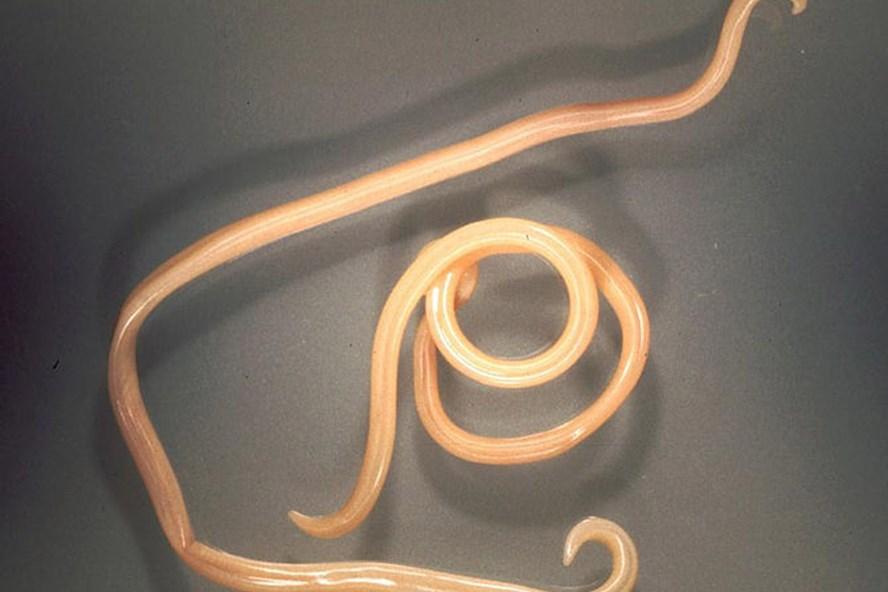
Trichinosis
Infection is caused by parasitic worms, the length of which does not exceed 4 mm. Most often, Trichinella is found in the remains of dead animals - mice, rats. After eating them by pigs, infection with worms occurs, Trichinella live in the intestines and are carried by the blood stream, affecting all organs and systems of the animal.
The main symptoms of trichinosis include fever, muscle pain, diarrhea, and vomiting.
Treatment of such animals is impossible. If the diagnosis is confirmed after a blood test, they are clogged and disposed of.
Metastrongylosis
Worm infestation of pigs occurs as a result of infection when pigs eat earthworms. They are the intermediate carriers of parasites that cause metastrongylosis.
The disease is acute, accompanied by cough, anemia, weight loss, and can become chronic. The first symptoms are noticeable one month after infection. Worms, migrating through the body, poison it with waste products, can cause pneumonia. Oxygen starvation of organs can lead to depletion of the animal.
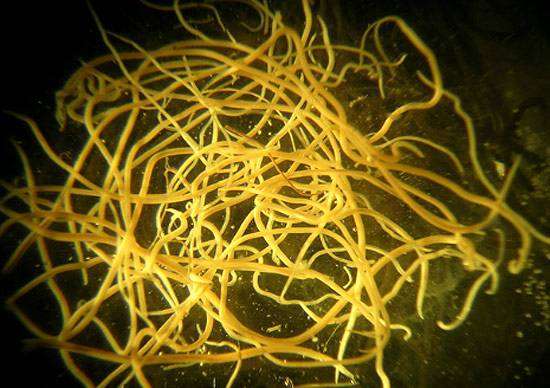
Finnosis (cysticercosis)
The disease is caused by the larvae of cestodes, which are located and parasitic in muscle tissue. Often the source of eggs is a person releasing eggs and sexually mature forms of cestodes into the environment. The worms look like tapeworms, their body consists of several segments, inside which are eggs. Muscle tissue, all organs, and the brain are affected. The course is chronic, the animal remains infected throughout its life. Pathology can be determined posthumously. For this, incisions are made in the heart, chewing and other muscles. Pigs with finnosis are not treated.
Scrapers
Helminth is considered one of the largest. Males of worms reach a length of 15 cm, females - 68 cm. Worms develop with the help of intermediate and final (definitive) hosts. The former include May beetles, dung beetles, and the latter, pigs.
The scraper that develops in the pig's intestine is capable not only of having a toxic effect on the body, but also perforating the intestinal walls. As a result, complications such as peritonitis may occur. The death of the animal is possible.
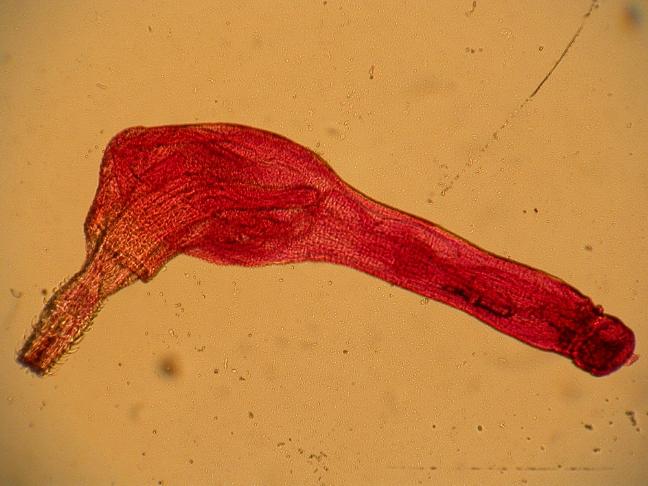
The main clinical signs of infection with worms with scrapers include:
- loss of appetite;
- diarrhea with blood;
- rapidly progressive exhaustion;
- curved back;
- a toned belly;
- with peritonitis, body temperature is +41 ⁰С.
There is no cure for a scraper infection. Sick animals are slaughtered, the rest are kept in stalls all year round.
Diagnostic methods
It is possible to determine the presence of worms in pigs by external signs or using clinical tests. The diagnosis is made by the presence of helminth eggs in the feces of pigs. Veterinarians test for allergic skin reactions. Trichinosis, metastrongylosis is diagnosed in a laboratory, where the composition of the animal's blood and feces is studied.
The presence of infection with scrapers is determined by clinical signs or on the basis of a study of feces, carcasses of pigs. Each owner must carefully monitor the behavior of the animals, take preventive measures and contact the veterinary service if there are symptoms of infection with worms.
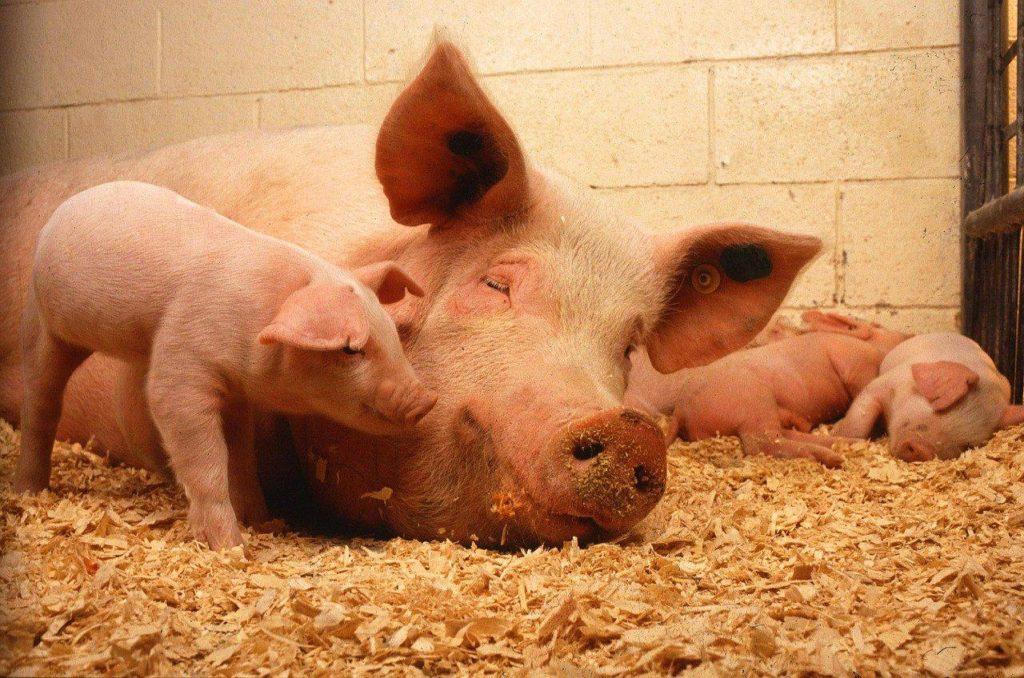
How to remove parasites from pigs
To rid pigs of worms, you need to consult a veterinarian. The dosage of medicines should be appropriate for the weight and age of the animal. Piglets can be treated with special medications or using folk remedies and recipes.
Drug treatment
Before starting treatment for worms, it is necessary to pass tests and find out what type of parasites affects the pigs. If several piglets in the litter are infected, anthelmintic drugs should be given to all animals. For treatment, drugs are used in various forms - injections, tablets, powders. The most versatile, effective and inexpensive drugs for worms include:
- Alben;
- "Cestal";
- "Gigrovetin";
- Febtal;
- sodium fluorosilicate.
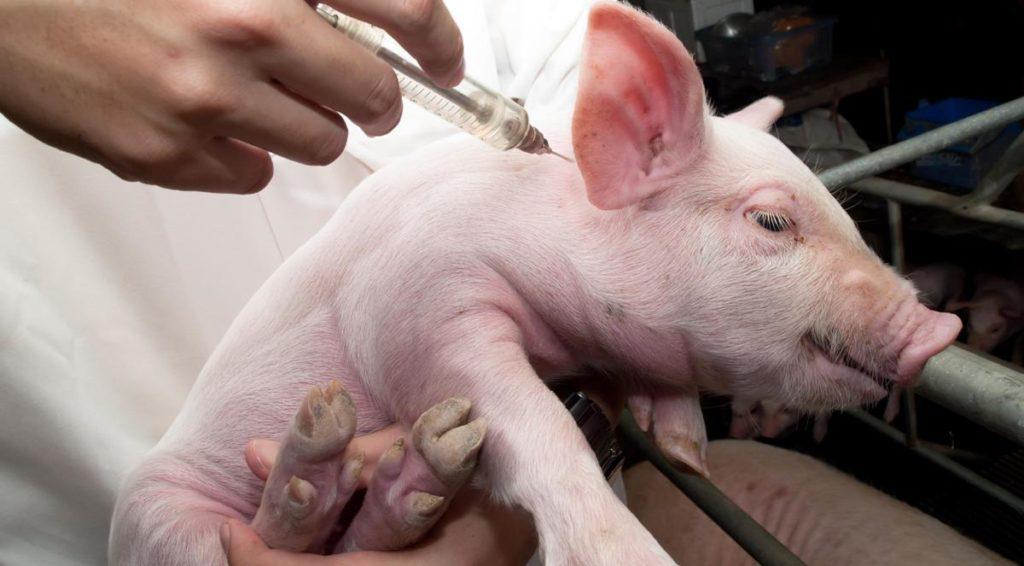
These drugs work well with worms such as tapeworms and roundworms. Veterinarians often advise sodium fluorosilicate, which can be mixed in powder form into cereal feed. It should be remembered that most of the drugs used have side effects - drowsiness, apathy. According to the instructions for use, the frequency of use of medicines for deworming is at least 2 times.
If one animal is infected, it is more convenient to use injections. It is also better for young pigs to give injections. It is more difficult to give tablets, young animals may choke, and the dosage in this case is maintained more accurately.
Folk remedies and recipes
It is possible to rid animals of worms at home using available known means. It is believed that by chopping the cloves of garlic and adding it to the feed in a ratio of 1: 1000, you can ward off the piglets and get rid of the parasites. Tansy powder in the amount of 1 teaspoon gives a piglet weighing 30 kg along with food. If the animal weighs more, the dosage is increased. Another option for a remedy for worms is an alcohol tincture of celandine. Two drops of the product are diluted with water and given to each animal.

Prevention
In order to prevent worms, a number of activities are carried out:
- clean the pens daily;
- disinfection is carried out with a frequency of 2 times a week;
- whitewash the walls of the pigsty with lime;
- change the litter daily;
- buy piglets only from trusted sellers;
- the first time piglets worms at 1.5 months, then at 3 months and then every quarter.
For the timely detection of infection with worms, it is necessary to carefully monitor the livestock and not leave unattended individuals with behavioral deviations.
